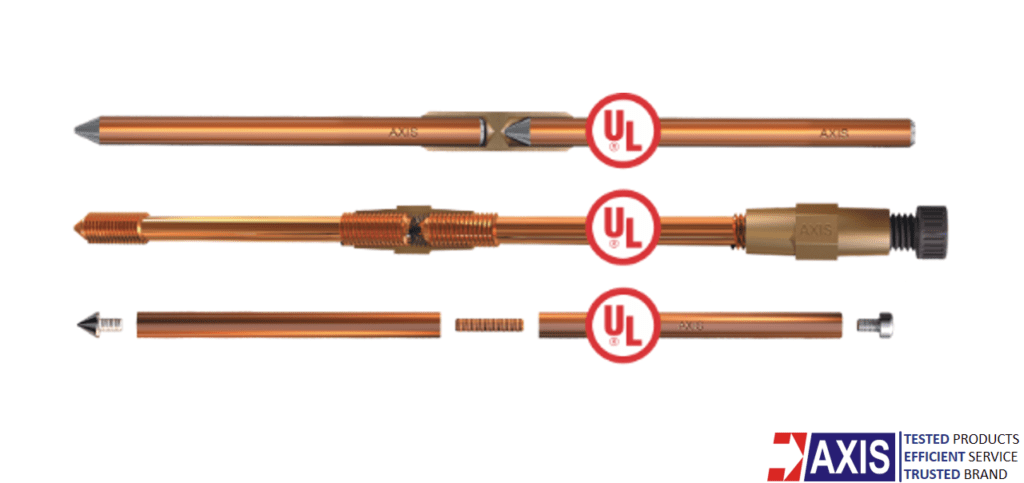Importance of Earth Mat in Substation
The earth mats or grounding mats bring the connection to the earth indoors. They usually connect through a conductor inserted within the ground port of an electrical outlet. They help in limiting the ground potential & protect against the faulty current. They are used in a place where the large …













